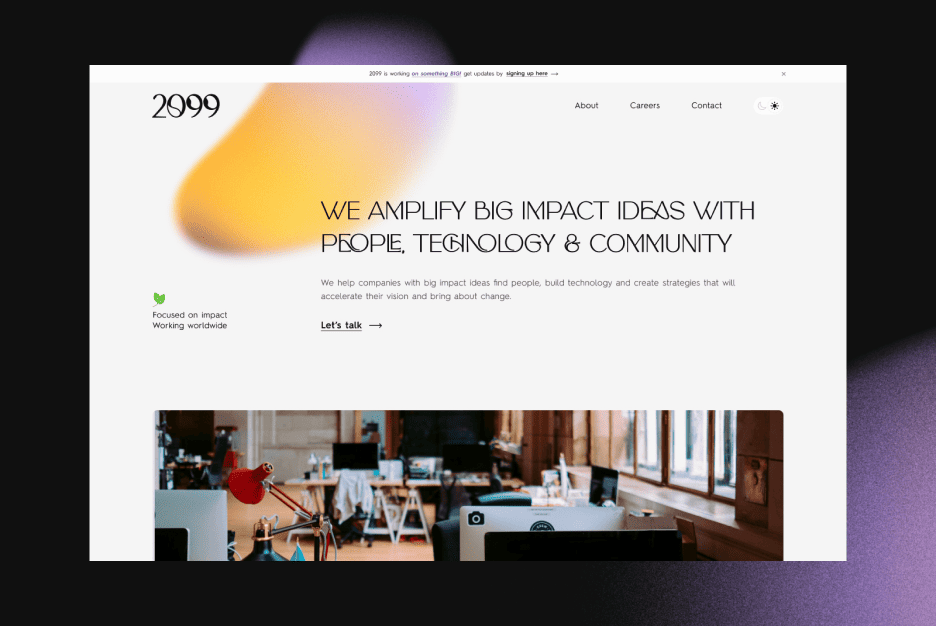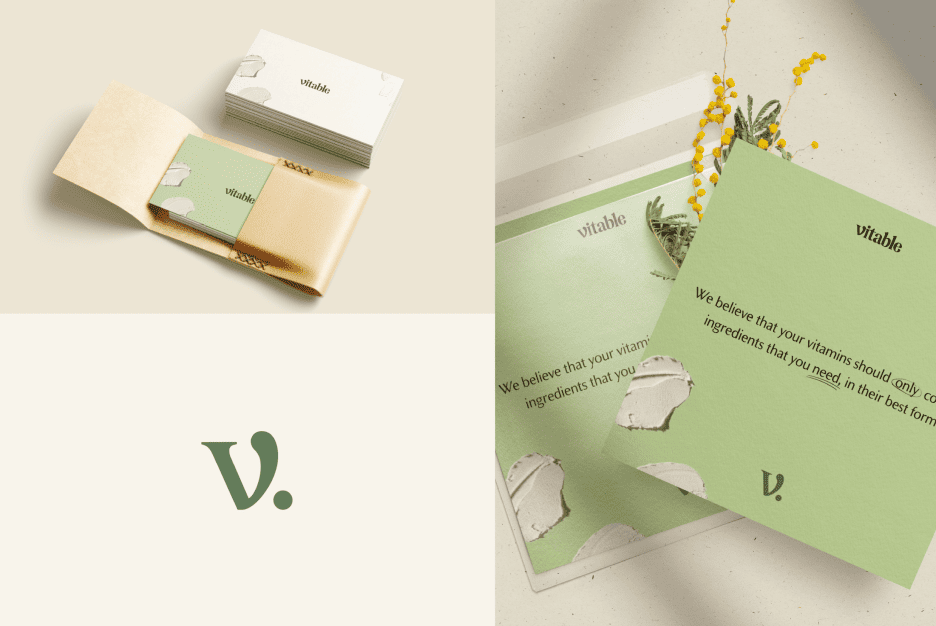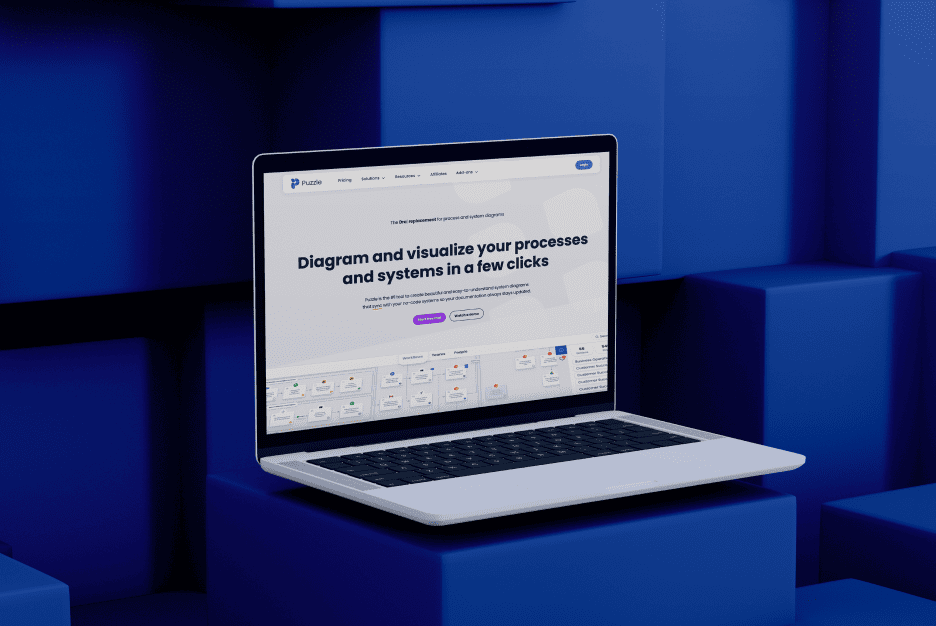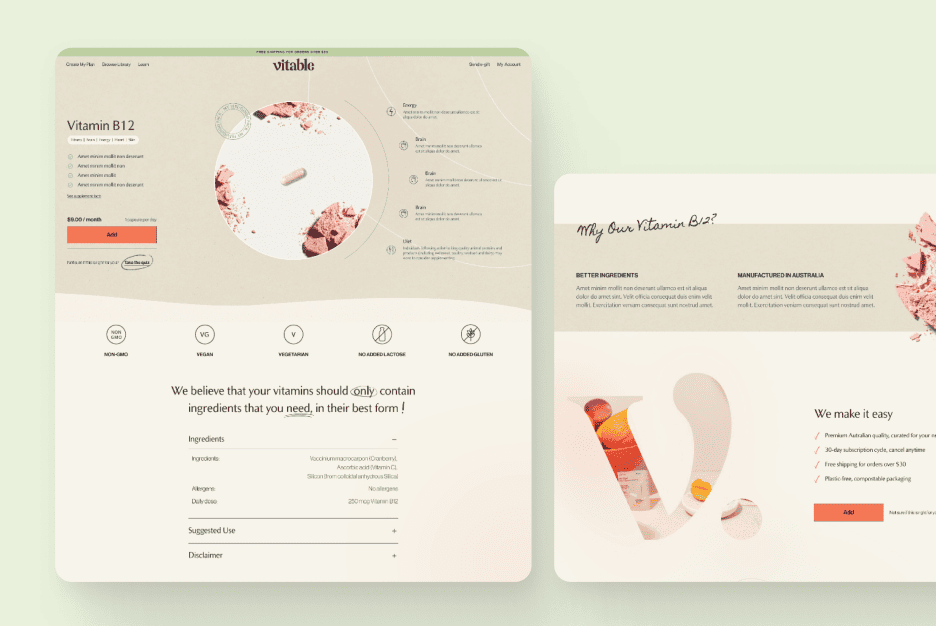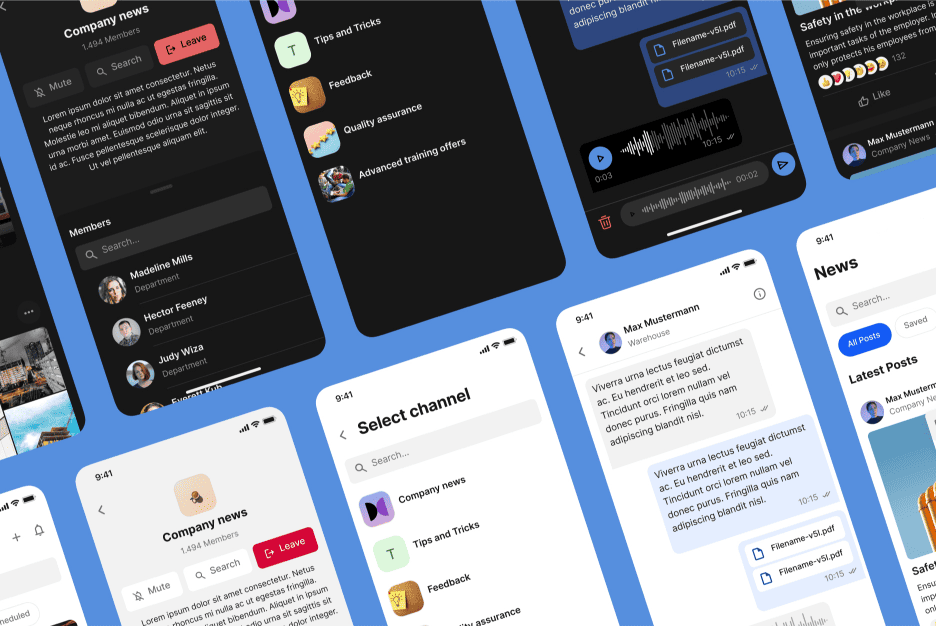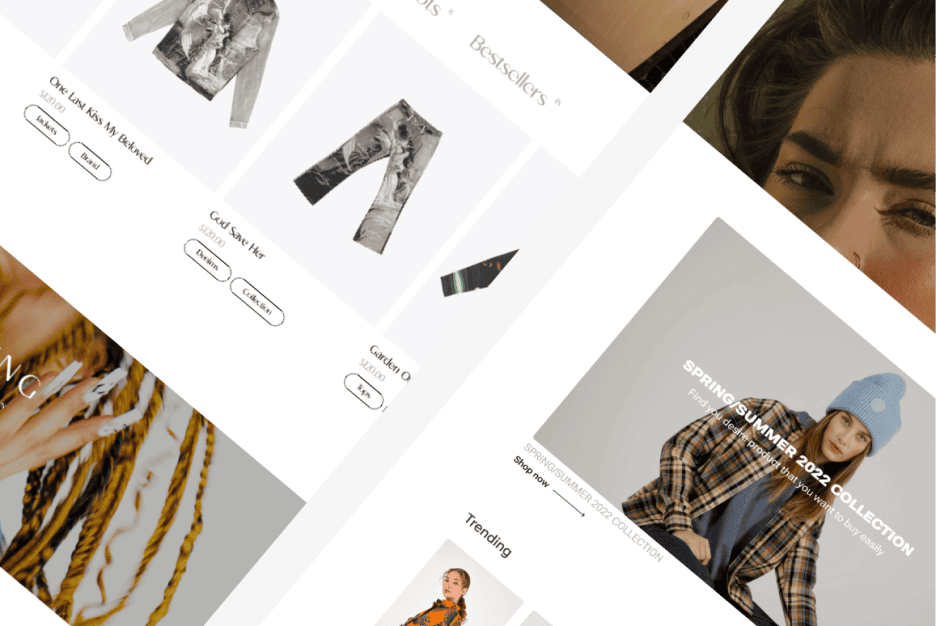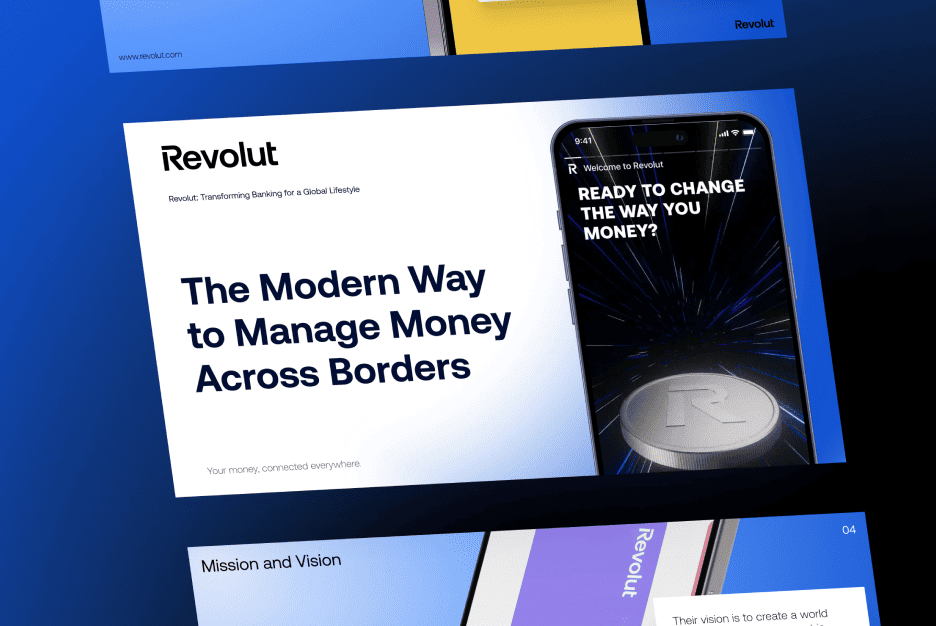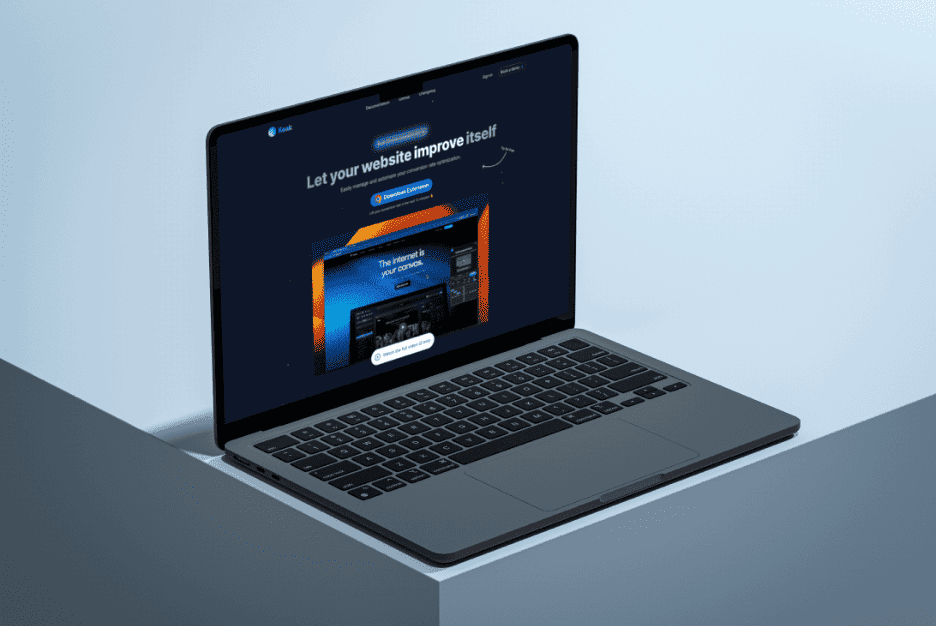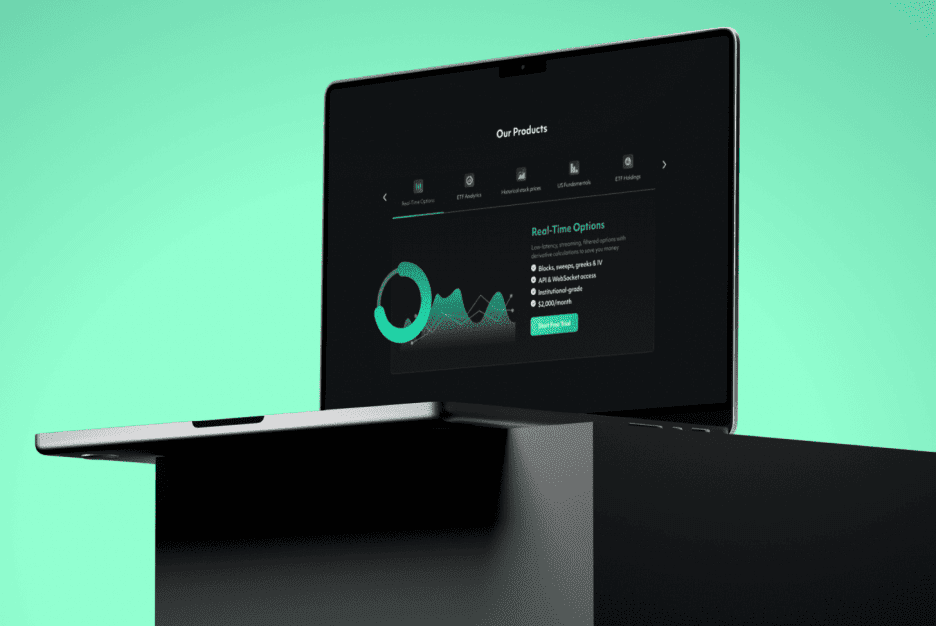As we navigate the dawn of 2025, the design landscape is experiencing a profound transformation, propelled by the relentless integration of artificial intelligence (AI) into user experience (UX) design. With AI now handling 30% of design-related tasks according to Adobe’s 2025 Industry Insights Report, the traditional role of UX professionals—and the tools they’ve long depended on—is undergoing a radical redefinition. At Almax Agency, we’ve been at the forefront of this shift, guiding clients through the transition from crafting pixel-perfect interfaces to designing AI-driven experiences that prioritize functionality, adaptability, and user satisfaction. This expansive guide delves into how AI is reshaping UX, the critical skills designers must embrace, the revolutionary tools gaining traction, practical strategies for success, advanced techniques to explore, and a visionary outlook for the future—equipping you to thrive in this dynamic new era of design.
The Transformation Journey: AI’s Profound Impact on UX Design
The UX field is no longer anchored solely by static wireframes and laboriously crafted UI layouts—a paradigm shift is underway, driven by AI’s ability to enhance user interactions beyond visual appeal. Picture a retail client we partnered with at Almax Agency, where an AI-powered chatbot, trained to anticipate shopping cart issues, reduced checkout abandonment by 15% and increased repeat purchases by 10% within three months. This real-world success mirrors broader industry trends: Gartner forecasts that AI will automate 40% of UI design processes by 2026, shifting the emphasis from decorative elements to operational efficiency and user-centric outcomes.
Historically, UX design was synonymous with tools like Figma, where designers spent countless hours perfecting button placements and font choices, a practice rooted in the early days of digital interfaces like the 1990s web. Today, AI-first systems—think voice-activated assistants, agentic platforms, and predictive interfaces—are minimizing UI’s dominance, prioritizing automated, adaptive workflows. Take a healthcare app we developed, which leveraged AI to generate personalized health summaries tailored to patient histories; this innovation cut design iteration time by 20%, boosted user satisfaction by 18%, and reduced support queries by 12%. This evolution, explored in Web Design vs. Digital Product Design: Unveiling the Key Differences and What They Mean for Your Business, underscores a move toward experiences that evolve in real time, challenging the relevance of traditional UI-heavy methodologies. The journey is just beginning, with AI poised to redefine how we conceive user experiences.
The Skill Pivot: Evolving Beyond Traditional Design Expertise
To remain competitive, UX professionals must pivot their skill sets, leaving behind the era of pixel obsession for a future where AI handles 85% of layout accuracy, as noted in a recent MIT Technology Review study. The focus is shifting toward AI integration, use case validation, data-driven decision-making, and ethical considerations—skills that demand a proactive mindset. At Almax Agency, we trained a design team to validate AI use cases for a logistics client, pinpointing a route optimization feature that enhanced delivery efficiency by 12%, reduced fuel costs by 8%, and improved customer satisfaction scores by 5%. This pivot highlights the power of aligning design with operational goals.
This transformation requires new competencies. Mastering design research, as detailed in What Is Design Research and How to Conduct It Effectively, is essential to uncover user needs in AI-driven contexts. For instance, a fintech client we guided conducted ethnographic studies across 200 users, refining an AI-driven budgeting tool that boosted adoption by 20% and increased monthly active users by 15%. Collaboration with data scientists to mitigate bias—such as addressing gender and regional disparities in AI outputs—proved vital; our e-commerce project saw a 10% trust gain and a 7% sales uplift after adjusting for data skew. Designers clinging to UI aesthetics risk irrelevance, while those mastering AI-driven UX strategies, like our team’s 25% productivity boost in a recent project, are setting the pace for the industry.

The Tool Revolution: Embracing Cutting-Edge AI Alternatives
The UX toolkit is undergoing a revolution, challenging the reign of traditional platforms like Figma with AI-powered alternatives that streamline workflows. We implemented Runway ML for a media client, generating responsive layouts in under four hours—a 25% reduction in design cycles compared to Figma’s manual process—and enabling a 10% faster time-to-market. Another tool, Framer, empowered a startup to prototype AI interfaces with code export capabilities, cutting development costs by 15% and accelerating deployment by two weeks. These tools reflect a shift toward dynamic, code-integrated design.
Testing methodologies are also evolving. Maze facilitated 500-user A/B tests for a travel app we optimized, refining AI-driven search features and lifting conversions by 10%, aligning with The Designer’s Guide to Smart UX Testing: When Minimal Changes Make Maximum Impact. Traditional tools falter with AI’s adaptability—Figma’s static frames can’t process real-time data, a gap we bridged with Adobe XD plugins integrating AI analytics, boosting a client’s user retention by 13% and engagement by 9%. Additionally, Invision enhanced our workflow for a retail client, enabling collaborative AI prototyping that shaved 18% off revision time. This tool revolution demands designers embrace flexibility and innovation.

The Success Blueprint: Practical Strategies for AI-UX Excellence
Achieving mastery in this AI-driven landscape requires a robust blueprint. Begin with a use case audit using Notion to identify AI opportunities, a technique we applied for a retail client, uncovering a recommendation engine that increased sales by 17%, cross-sell revenue by 10%, and customer lifetime value by 8%. Next, collaborate with developers to integrate AI models—our healthcare provider embedded natural language processing, reducing patient query resolution time by 30% and improving satisfaction scores by 12%.
Prototyping is a cornerstone. Use Axure RP to simulate AI interactions, as we did for an education platform, refining a virtual tutor that enhanced engagement by 22%, reduced dropout rates by 9%, and earned a 95% user approval rating. Test iteratively with real users via Lookback for remote sessions, which helped a banking app client cut usability issues by 14% and increase transaction completion by 11%. Document outcomes with data dashboards—our logistics client’s 12% efficiency gain, 7% cost reduction, and 5% on-time delivery improvement were tracked via Tableau, providing actionable insights. This blueprint, inspired by Creating Value Across Generations: How to Keep Your Brand Relevant, ensures sustainable success.
The Innovation Lab: Exploring Advanced AI-UX Techniques
To push boundaries, explore advanced techniques in an innovation lab mindset. Start with AI model spiking—our team conducted rapid prototypes for a travel client, testing 10 AI-driven itinerary suggestions, which improved personalization by 20% and user ratings by 13%. Host digital twin workshops with data scientists using Jupyter Notebook to map data flows, as we did for a manufacturing client, optimizing an AI maintenance scheduler that reduced downtime by 15% and maintenance costs by 10%. Validate use cases with lean RITE research, cutting feedback loops by 25% in a retail project.
Incorporate value matrix analysis to assess AI decisions—our fintech client evaluated true positives versus false negatives, enhancing loan approval accuracy by 18% and reducing defaults by 7%. Engage stakeholders with Miro for co-creation sessions, boosting a healthcare app’s feature adoption by 16% through iterative input. These techniques, refined over 50+ projects, position designers as innovators, not just executors.

The Horizon Vision: Preparing for UX’s AI-Driven Future
The 2025 UX horizon is ablaze with opportunities—AI personalization is expected to drive 35% of user engagement per Forrester’s 2025 UX Trends, ethical design is gaining traction with 20% consumer preference for transparency (Deloitte), and cross-device adaptability is a must with 50% of users multi-screening (Statista). At Almax Agency, we’ve seen AI reduce design errors by 18% for a client using predictive analytics, a trend set to double by year-end. Yet, pitfalls persist—over-reliance on AI, as cautioned in Pre-Made WordPress Themes Seem Cheap: Here’s Why They Could Cost You More, led to a 10% user drop-off for a client due to generic outputs, costing 5% in revenue.
To leap forward, invest in continuous learning—our team’s AI workshops, spanning 100 hours across 20 designers, lifted project success rates by 15% and client retention by 12%. Upskill in AI ethics, reducing bias incidents by 8% in our e-commerce projects. Partner with Almax Agency, where our expertise shines on our Behance portfolio, to navigate this future. Embrace AI as a creative partner, not a threat, and redefine UX for 2025’s bold landscape.
